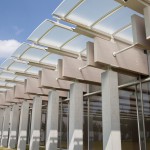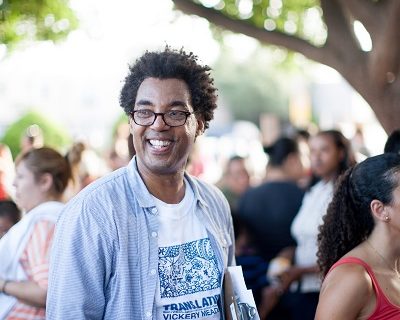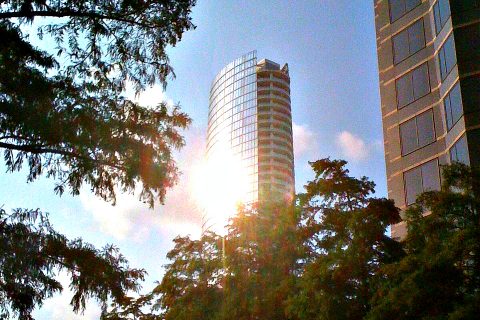 Hour 1: On Nov. 27, the Kimbell Art Museum opens its Piano Pavilion. The addition provides an additional 16,000 square feet of gallery space, as well as classrooms and an auditorium. We’ll talk this hour with architect Renzo Piano about his new building and about his other North Texas museum, the Nasher Sculpture Center. On Tuesday, Art&Seek’s Jerome Weeks will host a conversation with Piano at Will Rogers Auditorium in Fort Worth.
Hour 1: On Nov. 27, the Kimbell Art Museum opens its Piano Pavilion. The addition provides an additional 16,000 square feet of gallery space, as well as classrooms and an auditorium. We’ll talk this hour with architect Renzo Piano about his new building and about his other North Texas museum, the Nasher Sculpture Center. On Tuesday, Art&Seek’s Jerome Weeks will host a conversation with Piano at Will Rogers Auditorium in Fort Worth.
Here are some highlights from the conversation:
On why Piano loves Louis Kahn’s Kimbell building…
“The building designed by Kahn is a perfect example of an unpretentious building. Good scale, small but strong. It’s at the same time brave and modest. It’s a masterpiece of clarity, structure – it’s well build, well done. What can I say? There are so many good reasons this building became a landmark.”
On how he hopes his building will work alongside Kahn’s…
“When you’re working close to a master like Kahn, you have to be careful because you cannot be arrogant, stupid. The master is the master. At the same time, you cannot humiliate yourself to the point of disappearance. You need a conversation that is not challenging – there’s no reason to challenge a building like that. It’s more like a conversation between – I don’t say peer – but equal dignity. The only big difference is Kahn is Kahn. … Probably the most important thing in this dialogue was to find the right distance. Because when you have two people talking to each other, there’s a kind of physiological distance, and if you’re too close to the other person, it doesn’t’ work. But if you’re too far, it doesn’t work either. So you need the right distance, and that right distance was something we looked for for a while.”
On visiting the Nasher Sculpture Center to check out the Museum Tower glare…
“When I heard, I immediately went there. An architect is like a father or a mother maybe. You don’t make a building and then forget. … I know that it’s going to be solved. I have a specific feeling now that people are taking care and the problem will be solved, but it took some time. But, of course, it’s evident – you design a building that casts light from the north, and if somebody makes a big building on the north side, pushing back the radiation from the sun from the wrong side – of course, then, instead of having one south, you have two souths. One south is on south, the other south is on north. … This is something that everybody knows now, since at least 60 or 70 years, so I don’t know how something like that can happen. Anyway, it will be solved.”





